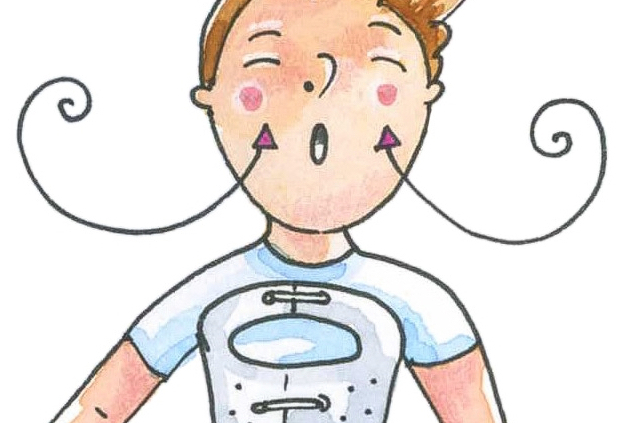Scoliosis: can it harm the lungs?
Can scoliosis harm the respiratory system? Patients often ask us this question, as it is an aspect that particularly worries them.
The main purpose of the rib cage – we have 12 ribs – is to protect vital organs such as the heart and lungs.
Scoliosis, as we know, takes the form of spinal abnormalities in the three planes of space: the spine presents lateral curvature in the frontal plane, rotates on itself in the horizontal plane, and is shifted forward or back in the sagittal plane, increasing or decreasing lordosis and kyphosis (the spine’s natural curves).
The ribs, being closely linked to the spine, adapt to these abnormalities, and develop changes of their own. This explains why people can be concerned that scoliosis may impair the respiratory function or vital capacity of the lungs.
Let us try and clear up some of these issues, drawing on relevant scientific research data.
First of all, the latest studies have shown a correlation between impaired lung function and scoliosis only in very severe cases (i.e. curves greater than 80°).
Let us clarify a further point: the alterations of the trunk and rib cage caused by the spinal deformity should not be considered solely from the perspective of the size (in degrees) of the curve; indeed, although this is certainly a significant parameter, it is not the only one. A patient who, despite having severe scoliosis, retains a well-balanced back with regard to other parameters, such as thoracic kyphosis, could have better function than one with less severe curvature of the spine.
As we know, “flat back” (a posture characterised by markedly reduced kyphosis) is a negative consequence of scoliotic curvature of the thoracic spine; this is why, in daily clinical practice and in the construction of braces, we try to avoid this phenomenon, which is also related to reduced lung capacity.
Other important factors that should be evaluated, and not underestimated, are lifestyle and quality of life. Keeping active and doing physical activity designed to improve respiratory fitness can undoubtedly make the difference in terms of maintaining adequate respiratory capacity.
Essentially, the risk of mild or medium scoliosis harming the respiratory system is very low. Meanwhile, in the presence of very severe scoliosis, the size of the curve may not be the only factor determining the correlation with decreased respiratory capacity, since other factors, both anatomical and lifestyle related, can also come into play.
Studies along these lines are ongoing, their aim being to shed as much light as possible on these aspects, so as to be able to offer patients the best possible treatments, both preventive and conservative.











Leave a Reply
Want to join the discussion?Feel free to contribute!